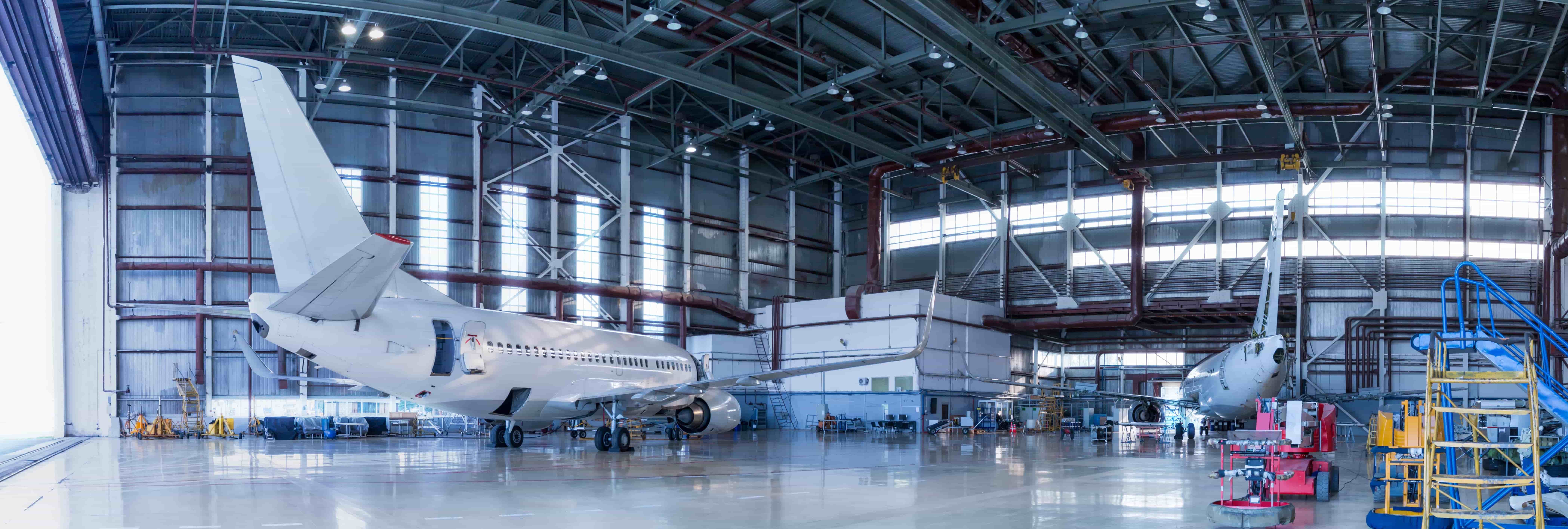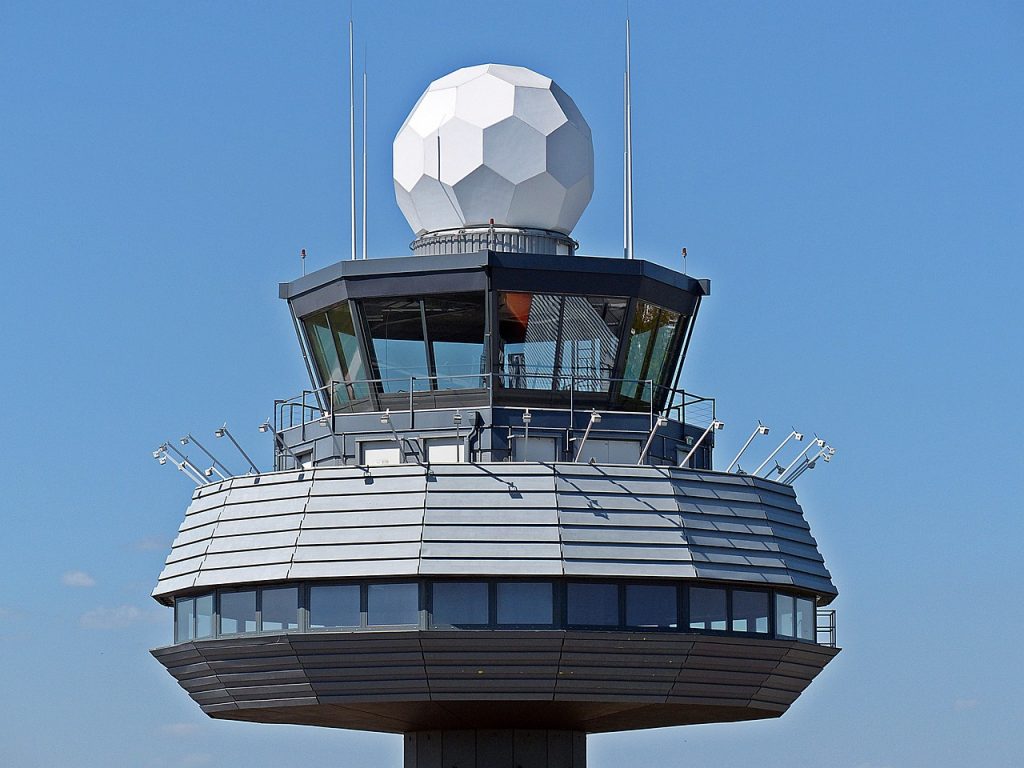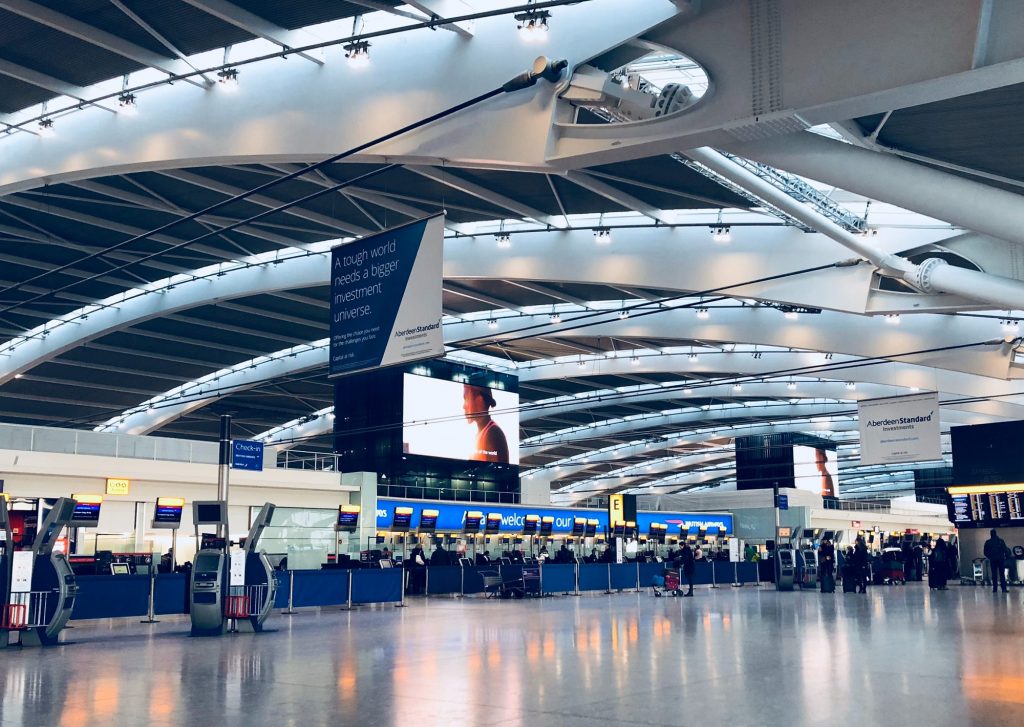In the dynamic world of aviation, safeguarding both valuable aircraft and, more importantly, the lives of those in airports and air traffic control towers is imperative. Architects, airports, hangar owners, and management companies face the dual responsibility of compliance with stringent standards like NFPA 409, local building codes, and Unified Facilities Criteria while also addressing contemporary environmental health concerns. Telgian Engineering & Consulting (TEC) is at the forefront of ensuring aviation facilities meet these demands.
TEC specializes in the comprehensive design and evaluation of fire protection systems, catering to the unique needs of this sector. From cutting-edge fire alarm systems and fire sprinkler solutions to advanced foam-water suppression systems and fire suppression releasing systems, our team tailors fire protection strategies that meet compliance requirements and enhance safety. In today’s environmentally conscious landscape, we excel in addressing the challenges posed by transitioning to environmentally friendly alternatives such as fluorine-free foam, bringing innovative solutions to the table.
At our core, we understand that the aviation field demands more than just compliance–it requires a proactive commitment to safety. Our consultancy goes beyond traditional fire protection, evaluating building constructions for optimal fire safety and ensuring robust life safety means of egress components. By choosing TEC’s services, architects, airports, hangar owners, and management companies invest in peace of mind, knowing that they are not only protecting assets but also prioritizing the well-being of all who rely on their facilities.
Sector-Specific Concerns
PFAS
Perfluoroalkyl and polyfluoroalkyl substances (PFAS) and perfluorooctane sulfonates (PFOS) used in some foam fire suppression systems pose significant environmental and health concerns. These persistent and bio-accumulative chemicals can contaminate groundwater, harm ecosystems, and bioaccumulate in the food chain. Human exposure to PFAS and PFOS, has been associated with cancer, immune system weakening, developmental issues in infants, and liver and kidney damage. Stringent regulations have been imposed globally to address these concerns, driving efforts to find safer fire suppression foam alternatives that balance effective fire suppression with reduced environmental and health risks.
False Activation
The risk of false activation of high-expansion foam fire suppression systems within aircraft hangars poses significant concerns, potentially leading to extensive damage to aircraft, operational disruptions, and economic losses. Such incidents can result in damage to aircraft components, costly cleanup efforts, environmental concerns, and a loss of trust in the system’s reliability.
 Air Traffic Control Personnel Safety
Air Traffic Control Personnel Safety
Air traffic control towers present distinct fire and life safety risks due to their critical role in aviation. Fire risks stem from the presence of extensive electronic equipment and wiring, security measures, and limited means of egress, while life safety risks include the potential endangerment of air traffic controllers, evacuation challenges in tall structures, and the importance of reliable communication systems. Adequate fire detection, suppression, and evacuation plans, along with rigorous adherence to safety codes, regular training, and maintenance, are essential to mitigate these risks and ensure the safety of personnel in these vital facilities.
Passenger and Personnel Safety
Airport terminals face unique fire and life safety risks due to their high foot traffic, extensive electrical systems, kitchen facilities, baggage handling equipment, and security and safety risks associated with exit access to runway areas. Ensuring the safety of passengers and personnel requires effective crowd management, reliable communication systems, clear means of egress, efficient security checkpoint procedures, and advanced fire suppression and detection systems.
Relevant Services
Commissioning of Fire Protection Systems
TEC offers system commissioning services encompassing fire suppression, fire detection, fire notification, security, life safety, and passive fire protection systems and their integration with building systems and occupants. TEC will test these building systems to assess whether they work to the designed specifications.
 Fire Detection and Releasing Systems
Fire Detection and Releasing Systems
Fire detection systems are critical to the timely notification of building occupants and the accurate release of foam fire suppression systems. TEC provides the design of in-building mass notification systems, voice-evacuation fire alarm systems, fire detection systems, and fire suppression releasing systems.
Fire Suppression Systems
Our team can assess existing fire suppression systems, compliance with current codes, and system modernization. Due to the broad range of environments in the aviation sector, a variety of fire suppression systems may be required. Airport terminal buildings and air traffic control towers may require fire sprinkler systems, while aircraft hangers may require more complex foam-water-based fire suppression systems. TEC provides design for various fire suppression systems, including fire sprinkler systems, foam-water suppression systems, low and high-expansion foam systems, and aqueous film-forming foam (AFFF).
Security Engineering & Consulting
TEC’s protective design standards and security program strategy integrate and balance the three basic elements of airport/airline security, including the technical security systems, the architectural security and force protection measures, and the operational security measures and practices to be effective and sustainable. TEC designs a comprehensive security program that requires a comprehensive methodology to ensure security vulnerabilities and risks are mitigated with appropriate security command, control, and communications systems.
Team
Telgian’s seasoned team includes fire protection engineers, loss control consultants, security professionals, and system designers who develop the most innovative solutions for both aviation facility design and renovation projects.


